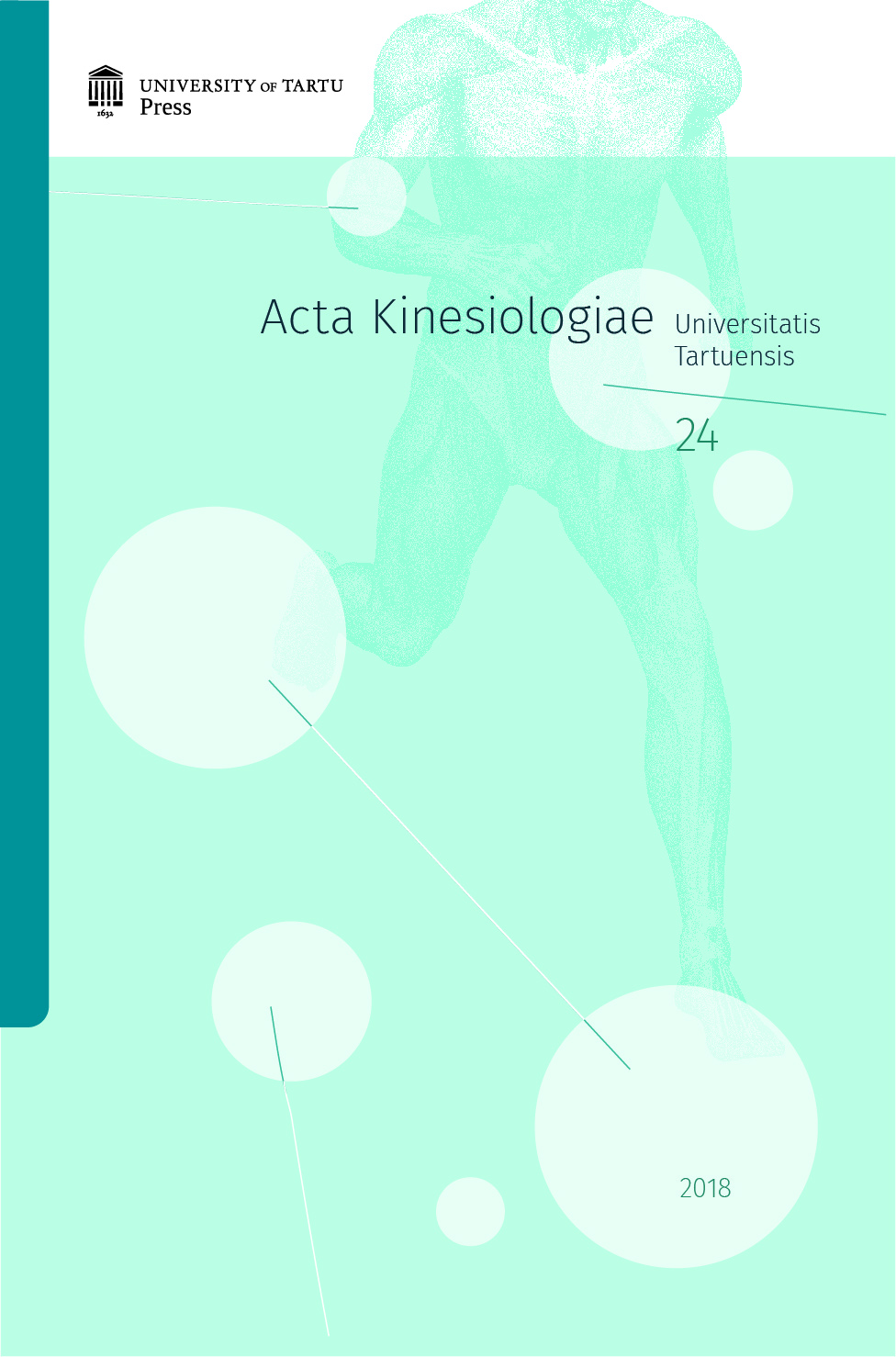Bicycle usage among inactive adults provided with electrically assisted bicycles
DOI:
https://doi.org/10.12697/akut.2018.24.05Keywords:
active commuting, electrically assisted bicycle, maximal oxygen uptake, physical activity promotionAbstract
In the present study we aimed primarily to examine cycling time and distance when inactive subjects were provided with electrically assisted bicycles. Secondly to evaluate changes in maximal oxygen uptake. Inactive employees in a selection of public and private corporations in three Norwegian cities were invited to participate. Inclusion criteria were: a desire to cycle to work, residence more than 3 km from the workplace, and not physically active according to guidelines. There were 25 participants in the study and we provided them all with electrically assisted bicycles fitted with GPS bike computers to record usage. The participants were followed for three to eight months, 226 days on average. Measures of maximal oxygen uptake were performed before and after the intervention. Demographic characteristics and prior transportation habits were reported in a questionnaire at baseline. Participants cycled for 107.1± 62 min per week covering 37.6 ± 24 km per week. The distances cycled were significantly greater in the autumn (47.4 km/week, p=0.035) than in the spring (32.1 km/week). Participants cycled more on weekdays (7.1 km/day, p < 0.001) compared to weekends (0.9 km/day, p<0.001). Maximal oxygen uptake improved significantly, 2.4 ml/min/kg (7.7 %), p<0.001 and this was associated with cycling distance (r=0.49, p=0.042) and self-reported commuting distance (r=0.51, p=0.018). Offering electrically assisted bicycles to inactive employees may initiate transport-related physical activity and may give positive health effects.


